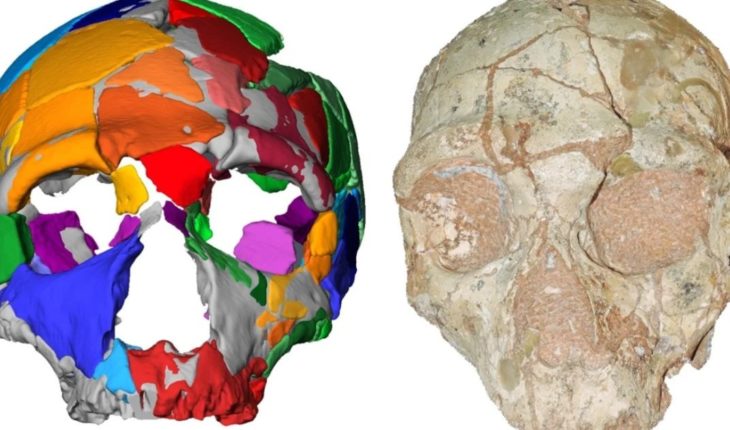A paper published today in the journal Nature states that a skull that was found in Greece 40 years ago belongs to the species Homo sapiens and is 210 thousand years old, which, if confirmed, would force to re-evaluate what the history of the population of Europe was like on the part of our species and how the exchanges with other hominids such as Neanderthals were. Next to this first skull, another had been found. Until now it was believed that the two skulls, which were preserved in the Museum of Anthropology of the University of Athens, were equally ancient and that both belonged to Neanderthals. But this work suggests another idea. One, indeed, belongs to a Neandertal, which was attributed to an age of 170 thousand years. But the other would be from a Homo sapiens and it would be 40 thousand years older. So the Sapiens could have moved the Neanderthals in the first instance, but then the latter would have taken up the territory. For about 5 thousand generations, sapiens and Neanderthals would have been crossing in those territories until finally a great wave of sapiens left Africa about 70 thousand years ago and spread throughout Eurasia, gradually displacing neanderthals and leading to extinction. The study’s authors caution that, if confirmed, it would be the “first known presence of Homo sapiens in Eurasia” and would indicate that early modern humans dispersed outside Africa much earlier than previously thought, and they went much further. In this note:
Human evolution
Paleontology
translated from Spanish: Will we have to rewrite human history on the planet?
July 10, 2019 |





